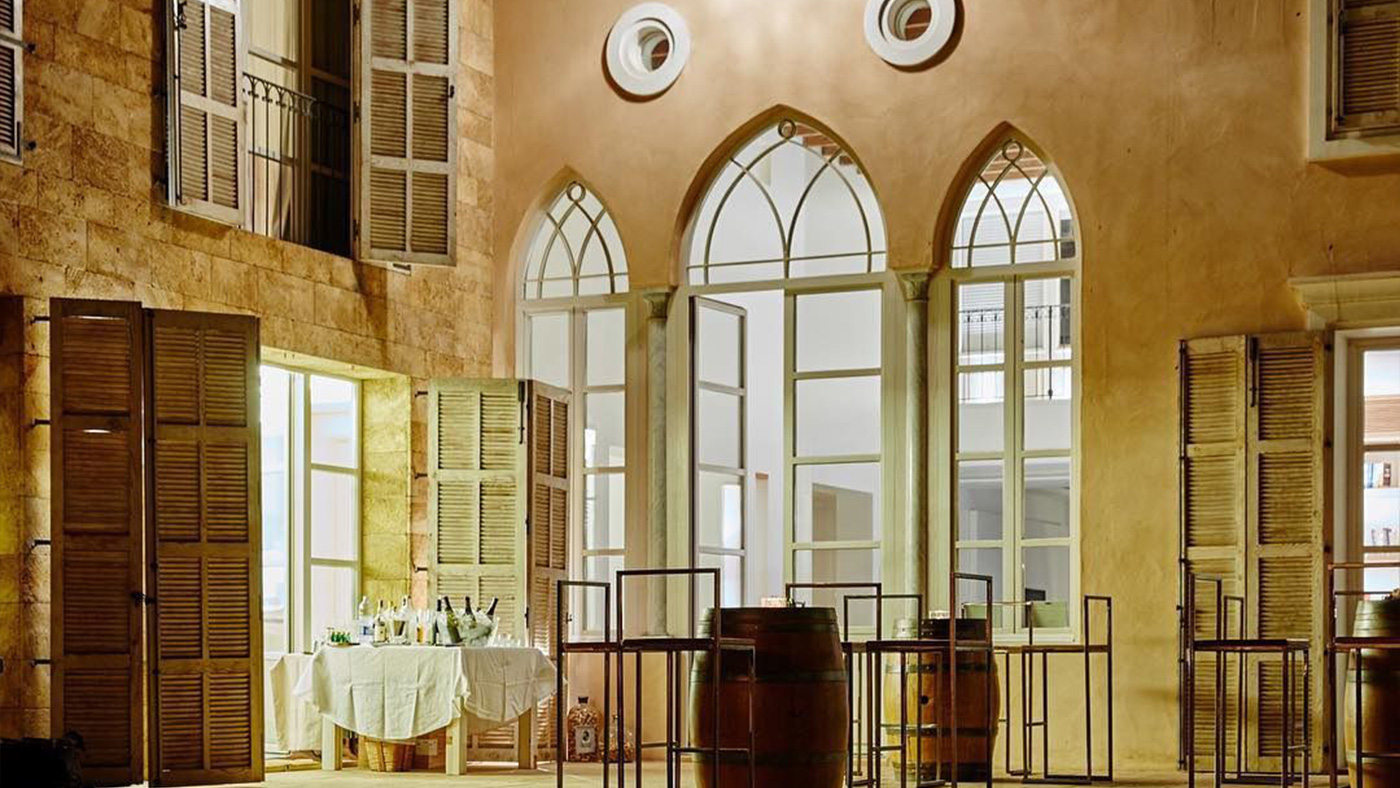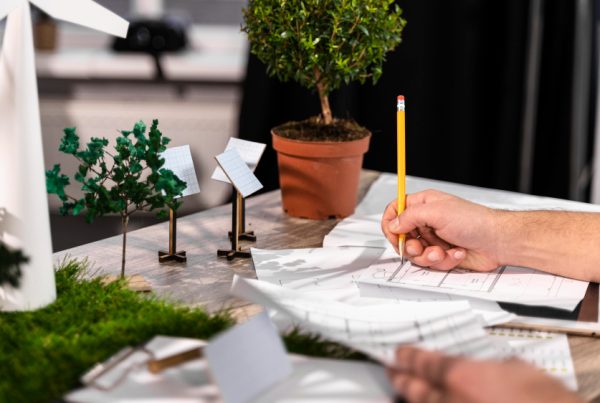In an era of globalization and rapid urbanization, there has been a renewed interest in reviving traditional Lebanese architecture as a means to preserve cultural heritage and reconnect with the country’s rich history. Lebanese architecture, with its distinctive features and timeless beauty, holds a significant place in the hearts of the Lebanese people. This article explores the revival of traditional Lebanese architecture, its significance in the modern era, and the efforts to reintegrate it into contemporary design.
Preserving Cultural Identity:
Traditional Lebanese architecture serves as a powerful expression of the country’s cultural identity. The architectural styles, construction techniques, and materials used reflect the deep-rooted traditions and craftsmanship of generations past. Reviving traditional architecture is a way to honor and celebrate this cultural heritage, fostering a sense of pride and identity among the Lebanese people. It also helps to maintain a connection with the country’s roots and preserve its unique architectural legacy for future generations.
Integration of Traditional Elements:
In the revival of traditional Lebanese architecture, architects and designers are skillfully incorporating traditional elements into modern designs. The aim is to strike a balance between preserving heritage and meeting contemporary needs. Ornamental facades, traditional arches, and intricate woodwork are reintroduced, adding a touch of elegance and authenticity to new structures. The integration of these elements not only pays homage to the past but also creates a sense of continuity in the architectural fabric of Lebanon.
Adaptation to Modern Lifestyles:
While traditional Lebanese architecture holds great cultural value, it is also important to adapt it to modern lifestyles and functional requirements. Architects are reimagining traditional building layouts to accommodate contemporary needs, such as open floor plans, flexible spaces, and sustainable design principles. This adaptation ensures that traditional architecture remains relevant and functional in the context of modern living, striking a delicate balance between preserving heritage and embracing progress.
Sustainable Design Principles:
Reviving traditional Lebanese architecture goes hand in hand with embracing sustainable design principles. Traditional buildings were inherently sustainable, with their thick stone walls, natural ventilation systems, and passive cooling strategies. By reintegrating these principles into modern designs, architects can create energy-efficient structures that respond to the local climate, reduce environmental impact, and promote a healthier living environment. This synergy between tradition and sustainability allows Lebanon to showcase its commitment to both cultural preservation and environmental stewardship.
Promoting Local Craftsmanship:
The revival of traditional Lebanese architecture presents an opportunity to revive and promote local craftsmanship. Skilled artisans, such as stonemasons, woodcarvers, and tile makers, play a crucial role in preserving traditional building techniques and decorative elements. By engaging these craftsmen in contemporary construction projects, their skills and knowledge are passed down to future generations, ensuring the continuity of traditional craftsmanship and supporting local economies.
Cultural Tourism and Economic Development:
Revived traditional Lebanese architecture not only contributes to cultural preservation but also stimulates cultural tourism and economic development. Traditional houses transformed into boutique hotels, cultural centers, or museums attract visitors who seek an authentic experience. These projects help create jobs, revitalize local communities, and contribute to the growth of the tourism industry. By capitalizing on the allure of traditional architecture, Lebanon can showcase its unique cultural heritage while reaping the economic benefits of sustainable tourism.
The revival of traditional Lebanese architecture represents a quest to reconnect with cultural roots, celebrate heritage, and create a harmonious balance between the past and the present. By integrating traditional elements into modern designs, Lebanon honors its architectural legacy while meeting the demands of contemporary living. This revival not only serves as a reminder of the country’s rich cultural identity but also promotes sustainable design practices, local craftsmanship, and economic growth. As Lebanon moves forward, the revival of traditional architecture paves the way for a more meaningful and authentic built environment,






